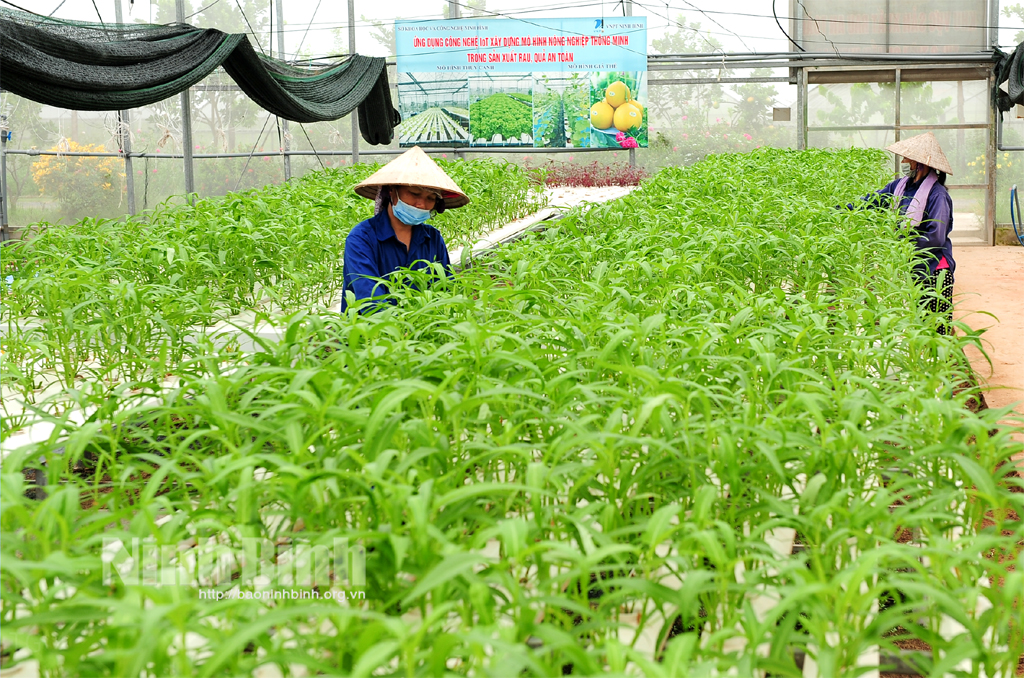Ninh Binh helps farmers to sell agricultural products on e-commerce platforms

Accordingly, local farmer households are assisted to join e-commerce platforms like portmart.vn (Vietnam Post); voso.vn (Viettel Post) and others to connect, promote their agricultural products online and to seek distribution channels and expand markets to other provinces.
Provincial authorities will help farmers to sell agricultural products quickly, reduce post-haverst stockpiles during peak time, and stabilise prices of the products, thus minimising losses for them and not depending on traders.
The plan aims to accelerate cashless transactions, thus promoting the development of the digital economy in the agriculture and rural field as well.
In order to implement the plan effectively, the provincial People's Committee asked the Department of Information and Communications to work with units of the Ministry of Information and Communications, e-commerce platforms and related agencies and units to organise seminars and training courses on e-commerce practices for farmers.
The Department of Agriculture and Rural Development was assigned to work with e-commerce platforms to build a standard process (harvesting, processing and packaging) in order to sell quality products on e-commerce platforms.
The Department of Industry and Trade was requested to continue providing information related to the market's demand, standards and requirements of importing nations to local farm households so that they could have deep understanding before joining e-commerce platforms.
The Department of Industry and Trade was also required to promote local products on media outlets and assist local exporters to sell their products on international e-commerce platforms.
The province aims to provide training courses on online trading practices for 70 percent of local farming households and guiding 60 percent of households about the process of packaging, connecting and delivery of products via e-commerce platforms.
At least 40 percent of products will be sold on e-commerce platforms, 20 percent of them must have trademarks; 20 percent of farm households must have their own trademarks, 15 percent of farming households or products have origin traceability tools on e-commerce platforms.
At least 80 percent of local residents and 100 percent of agencies, units, and localities should be providedwith information about the plan so that they can buy products on e-commerce platforms.
Translated by Nguyen Thuy


